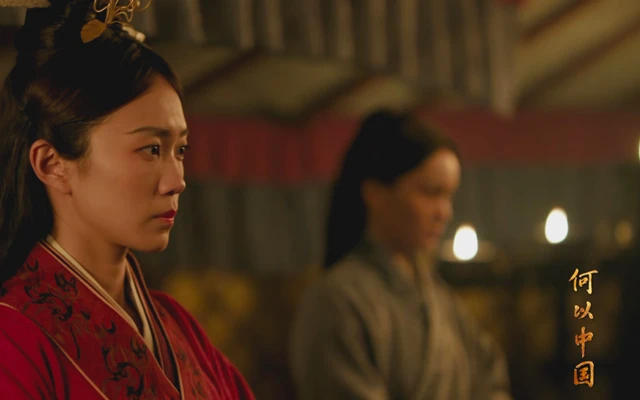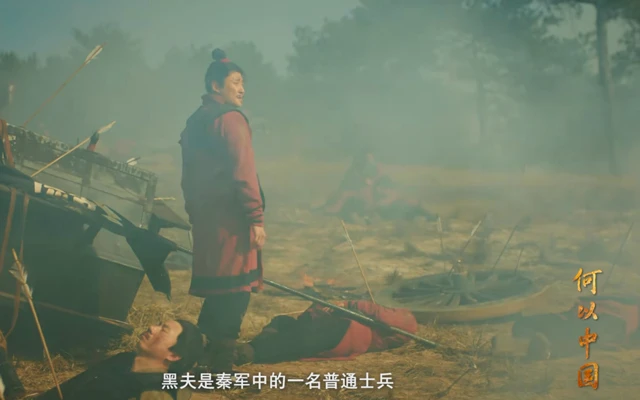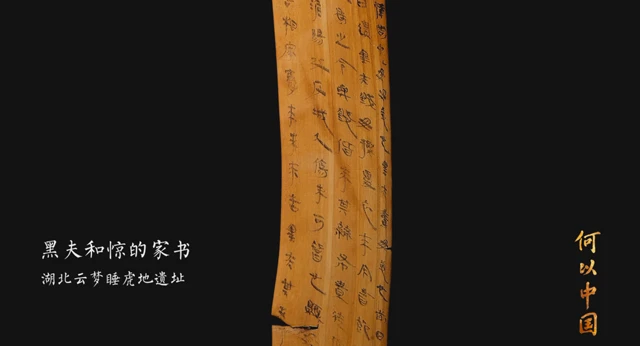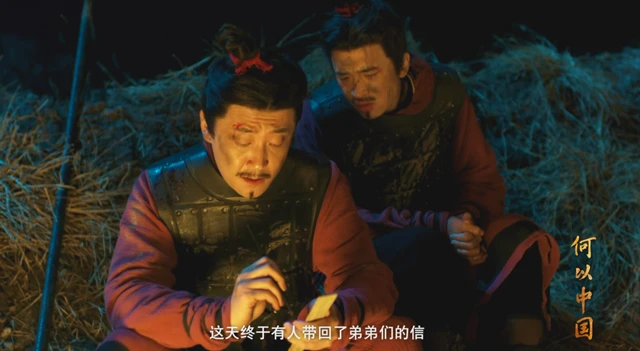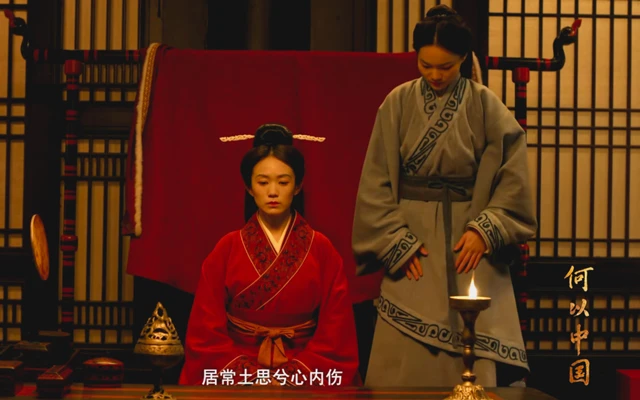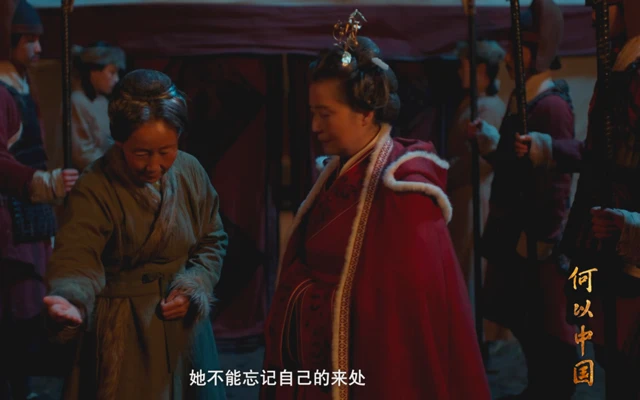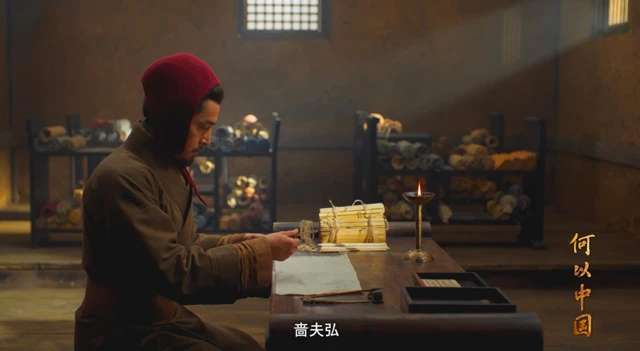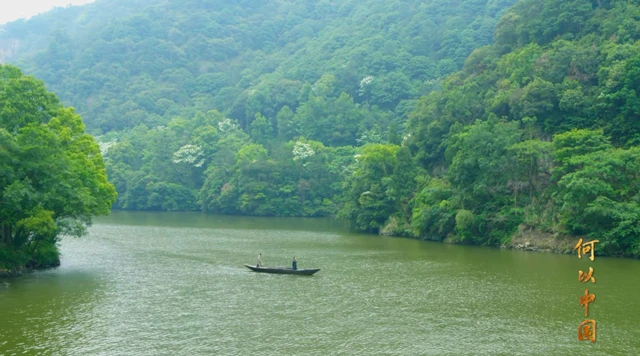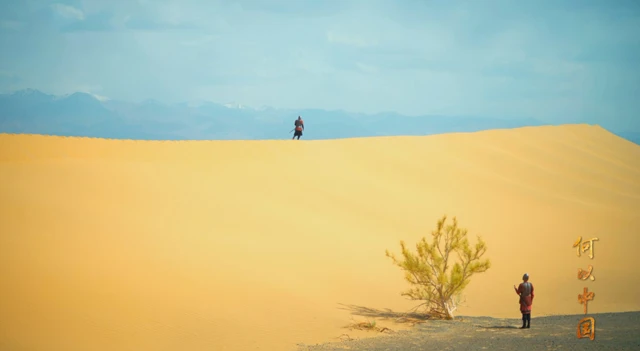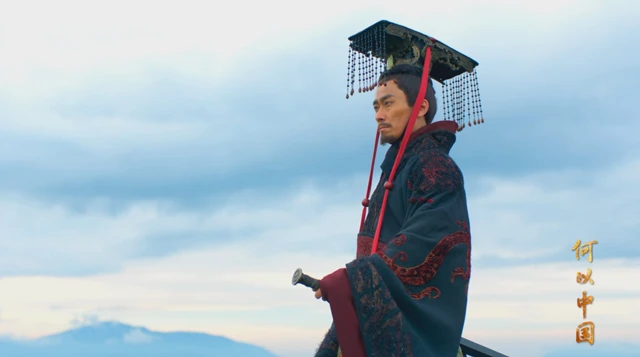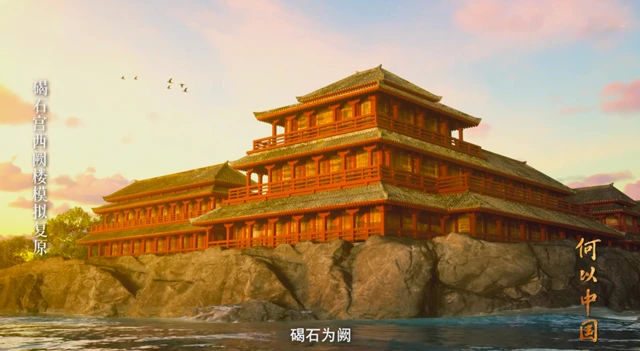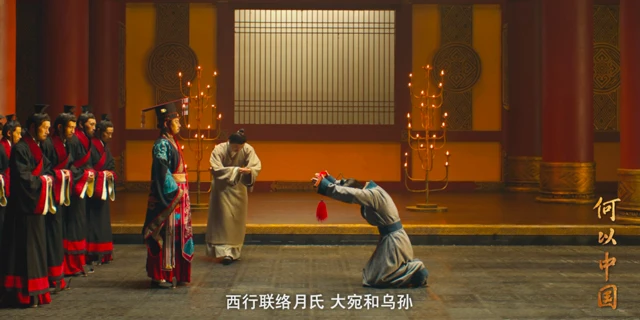The Chinese civilization has a long and illustrious history spanning over five millennia. Within the river of time, there flow venerable heroes and legends that evoke admiration and awe. Many Chinese documentaries also focus on this rich tapestry of history, giving rise to top-notch masterpieces such as "Hexi Corridor," "The Journey of Xuanzang," and "Daming Palace."
In this post, you will be introduced to a new documentary, "China Before China." This is the first documentary that stands from an archaeological perspective, exploring the origins of Chinese civilization through the lens of archaeology. Almost all China archaeological units participated in the filming, with over 100 top experts in the field leading the endeavor.
The film's production team is also formidable, featuring the artistic teams behind "Wrath of Silence" and "Why Try to Change Me Now." Additionally, renowned musician Luo Dayou composed the theme song, and stars like Hu Ge, Wu Qian, and Cao Lei made cameo appearances without compensation. Of course, the most noteworthy aspect is the professional archaeological team, including esteemed figures like Professor Yan Wenming from the Chinese archaeological community, Professor Zhao Hui from Peking University, Professor Qin Ling, and Professor Li Xinwei from the Institute of Archaeology of the Chinese Academy of Social Sciences.
To create this documentary, the production team spent a total of three years, with nearly 500 days dedicated to filming across over 230 locations in China. The result is a conscientious and monumental masterpiece that presents a visually exquisite, content-rich, and vivid portrayal. The documentary is divided into eight episodes. It showcases the diverse and unified development of the Chinese nation and the origins and early development of Chinese civilization.
In the first episode, "Qin and Han," the narrative revolves around letters exchanged, recounting verifiable legendary tales. In the year 223 BC, the war between the states of Qin and Chu reached a stalemate. Hei Fu was an ordinary soldier in the Qin army, fighting alongside his brother Jing since enlisting. Meanwhile, Zhong, the eldest brother, bore the responsibility of caring for the elderly and children at home. He often worried about his two younger brothers and eagerly awaited their letters.
Centuries later, archaeologists discovered letters sent by Hei Fu and Jing in Tomb No. 4 at the "Shui Hu Di" outside Anlu City. The letters were inscribed on wooden slips, carefully placed in a wooden coffin, recipient Zhong may be the owner of this tomb. In the letters, Hei Fu and Jing reassured their eldest brother of their well-being. They had recently reunited after fighting apart for some time. They repeatedly reminded Zhong to pay attention to official decrees regarding military merits and titles, ending the letters with warm greetings to familiar friends and family. In the final line, Jing expressed concern for his wife and daughter, entrusting his wife to care for the elderly at home.
On the fiercely contested battlefield, each separation could mean an abrupt farewell without proper goodbyes. At that time, commoners like Hei Fu and Jing from Qin had to risk their lives to earn military titles, thereby improving their personal and family circumstances. Perhaps, in the end, they faced an irreversible separation, turning these family letters into cherished relics accompanying them in life and death.
The safeguarding of national security is not only the duty of generals and soldiers, but also of the princesses who have been closely related to various dynasties. Perhaps due to her dual identity as a royal relative and the descendant of a traitorous minister, she became the second princess sent by the Han Dynasty to the Wusun tribe. The Han Dynasty's Princess Jieyou was the granddaughter of King Liu Wu of Chu, and perhaps because of her dual status as a royal relative and heir to a sinful court, she became the second Han Dynasty princess to be sent to the Wu Sun. She spent decades mediating in the Western Regions. After the death of Jun Xumi, the Princess Jieyou successively married her second husband, Weng Guimi, and her third husband, Ni Mi. She spent over 40 years in Wusun, all for the sake of ensuring the long-lasting peace of her homeland.
In her old age, she was finally able to send a letter home near Dunhuang, marking the first time in fifty years. This Han princess, who had been away from home for half a century, had witnessed nearly 20,000 sunrises and sunsets in the distant Western Regions before finally embarking on her journey back.
As time passed and the fires of war were extinguished, countless ordinary people along the borders, like Princess Jieyou, sent letters back and forth on the ancient roads. The circulation of these letters in various places would not have been possible without the tireless efforts of numerous officials and messengers.
Take the example of the Xuanquanzhi near Dunhuang, where over 30 officials were responsible for transmitting official documents, urgent military reports, and receiving officials of all ranks and envoys from various parties. During the centuries of the existence of the post station, Hong held the longest position.
Hong had served as a protector, messenger, and had conveyed countless letters for princesses, generals, marquises, and other officials, as well as made numerous preparations for the horses and provisions needed for their journeys. Over his eighteen-year career, he had seen young men newly conscripted passing through the town on their way to serve in Dunhuang and other places. He had also witnessed the return of troops, with each procession carrying coffins of unfortunate soldiers who had died in distant lands.
Faced with all that he saw, he was powerless to change anything. All he could do was watch as those who had once safeguarded a corner of peace departed, meticulously recording the hometowns of the deceased soldiers in the official documents. He was like a witness to this land and its history, observing how each individual strived to lead their life amidst these mountains, rivers, lakes, and seas, slowly contributing to the grandeur of history.
Besides the first episode "Qin and Han," this documentary series also witnesses the ancestors of the Chinese land transitioning to agricultural settlement, forming families and societies, and embarking on the great journey of regional ancient states and early civilizations. With historically accurate and innovative visual storytelling, interpreting archaeology in historiography, and exploring the origins of China Before China, this film captivates viewers with its meticulous cinematography, composition, and film-level visuals.
Most commendable is the highly faithful recreation of historical accuracy by the costume and makeup team. The portrayals of historical figures such as Meng Tian, Liu Bang, Huo Qubing, Wei Qing, and Princess Jieyou in the film draw inspiration from various archaeological discoveries like the Terracotta Army of Qin and Han portrait bricks.
Furthermore, the sacrificial rituals in Liangzhu, whether in terms of costumes or the complete set of jade ornaments worn by kings and queens, are meticulously recreated based on authentic artifacts and genuine jade craftsmanship. From clothing, ornaments, and vessels to the reconstruction of houses, sacrificial rituals, and tomb designs, the creative team's attention to detail is akin to an archaeological standard.
It is reported that the hanfu costume and makeup team recreated over 2,000 sets of costumes and more than 1,255 accessories from the Old Stone Age to the Qin and Han dynasties. Even for a mere 5-second appearance of a casting system in the film, the production team spent a painstaking 2 months on the recreation.
It is through such dedication that "China Before China" is able to comprehensively showcase China's centuries of archaeological achievements, presenting a vivid, palpable, and more credible history to the audience. The title of this documentary, "China Before China," perhaps echoes the question in the minds of many.
Through its highly faithful costume and makeup, heartfelt production, and innovative visual storytelling, this documentary series answers this question to the world. Just as the eminent figure in Chinese archaeology, Mr. Yan Wenming, said: the phrase "China Before China" delves into the foundations of the Chinese nation through archaeological evidence, tracing the story of the diverse yet unified and continuously evolving journey of Chinese civilization.
If you are a lover of historical and cultural documentaries, this series is definitely not to be missed.
